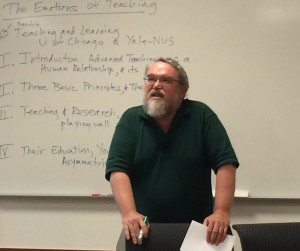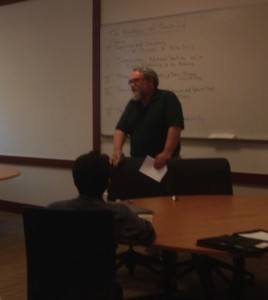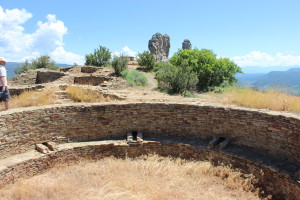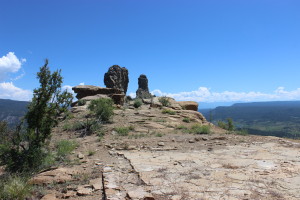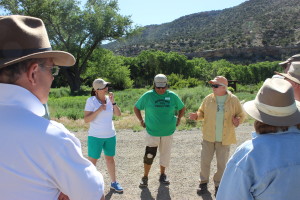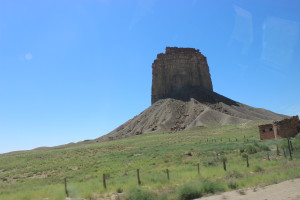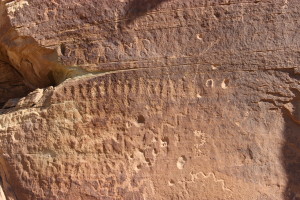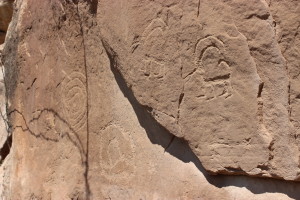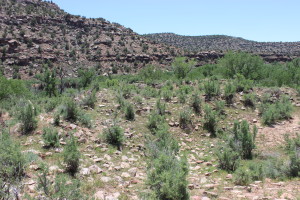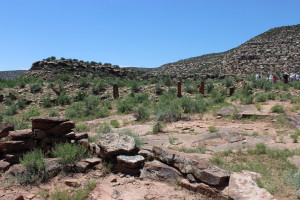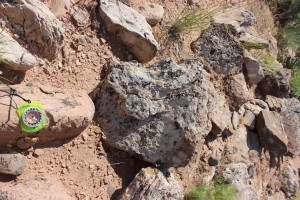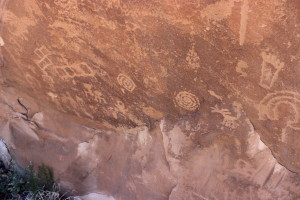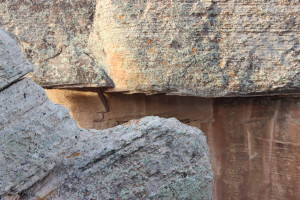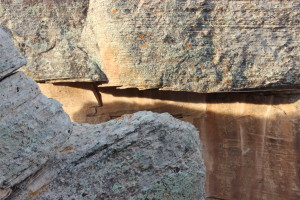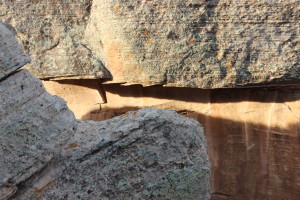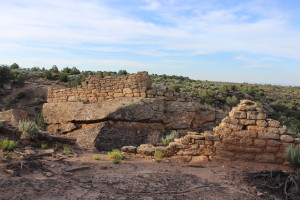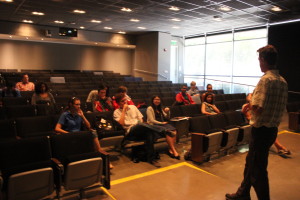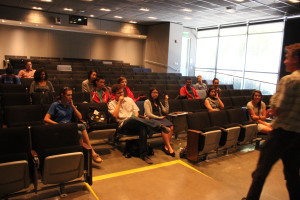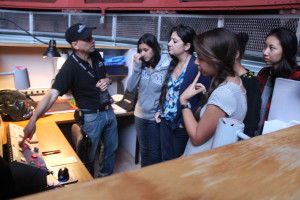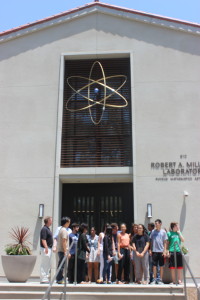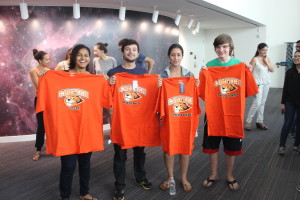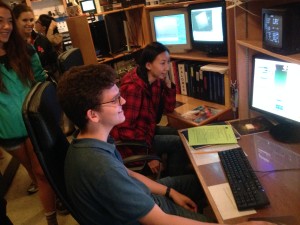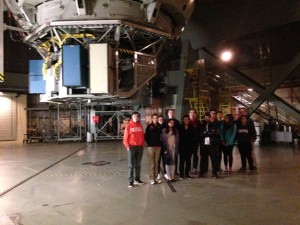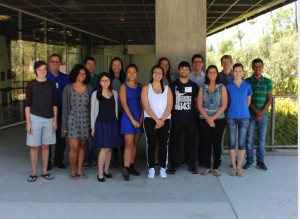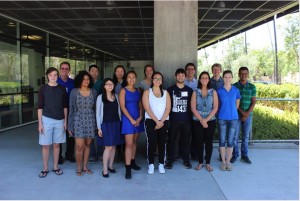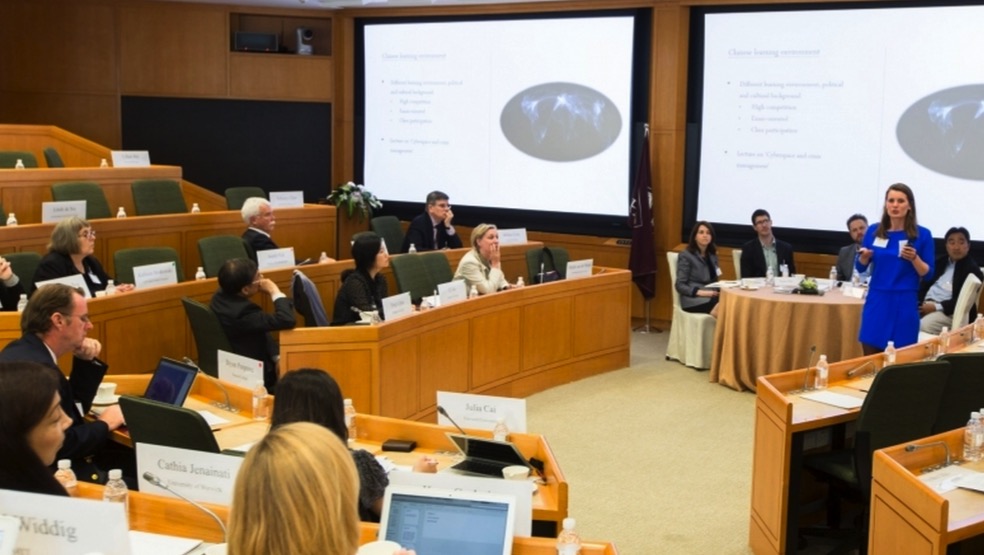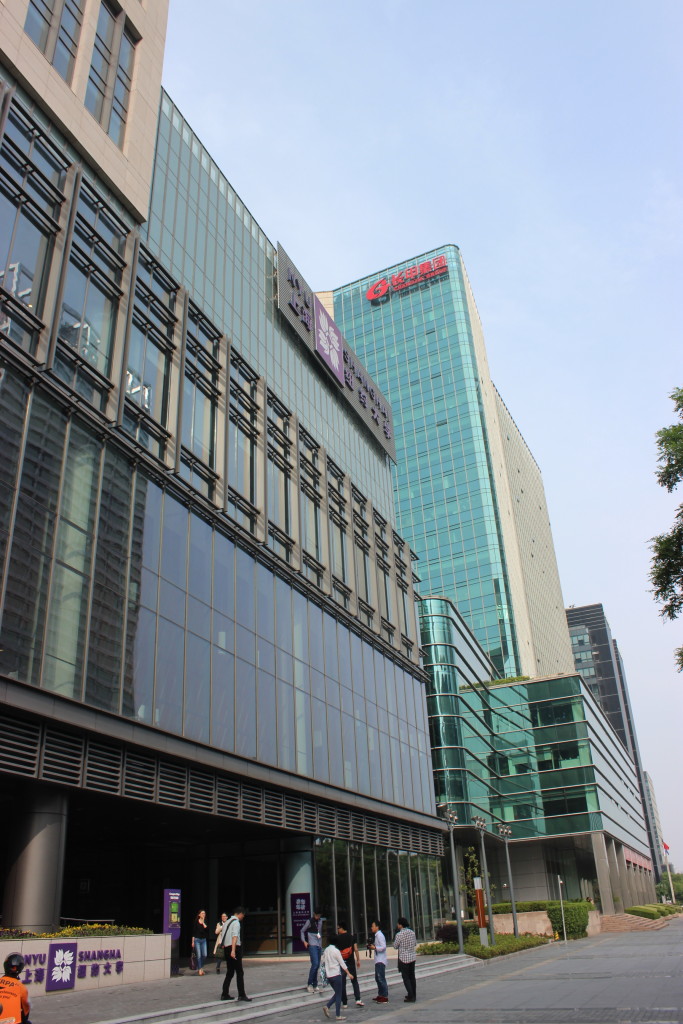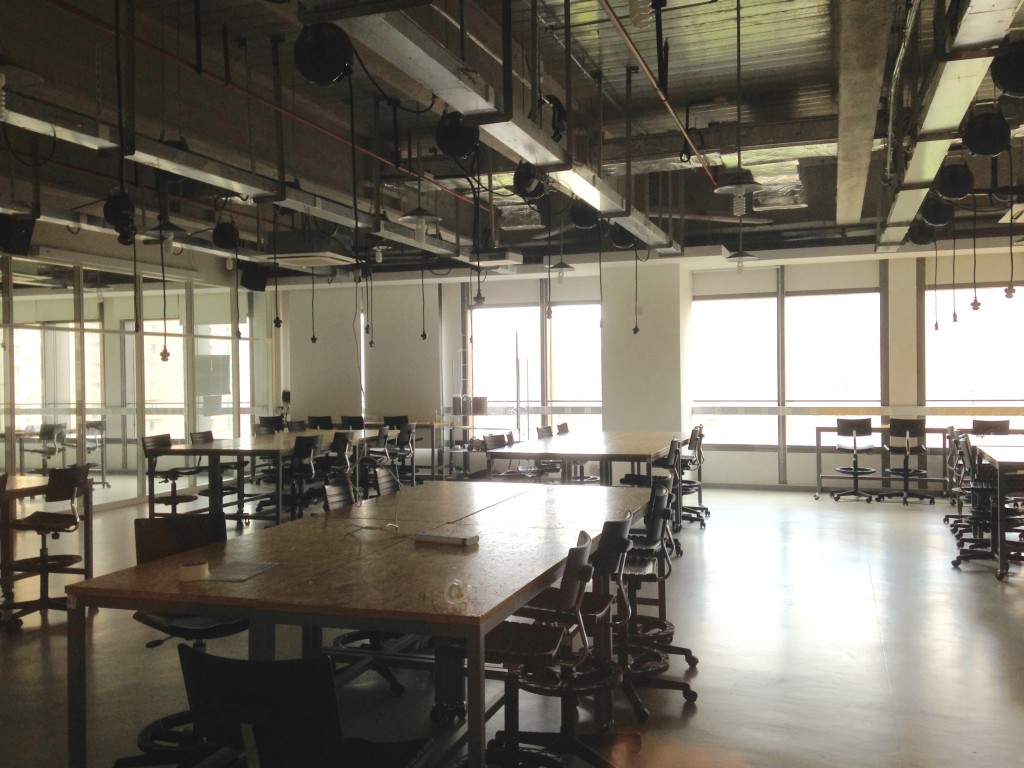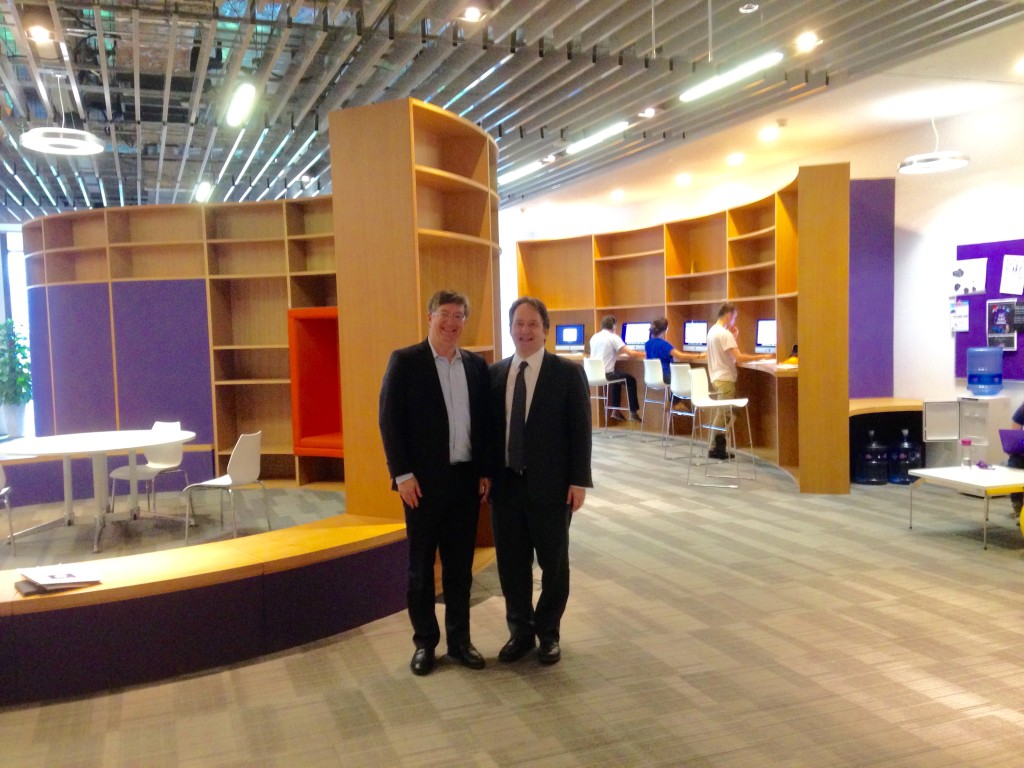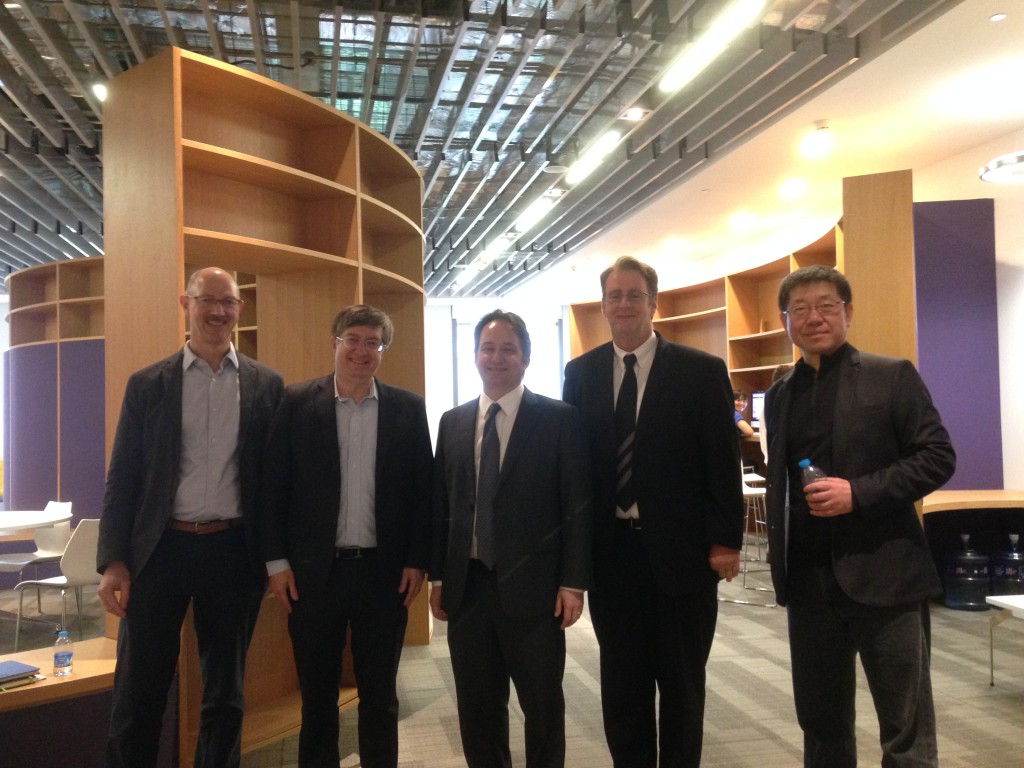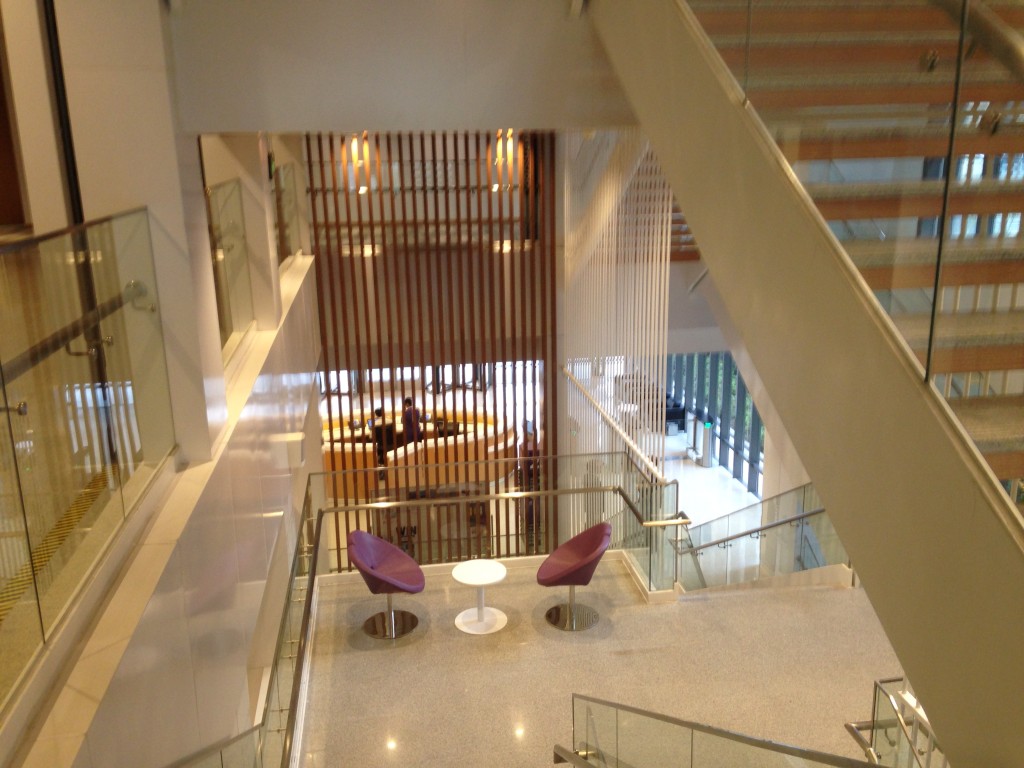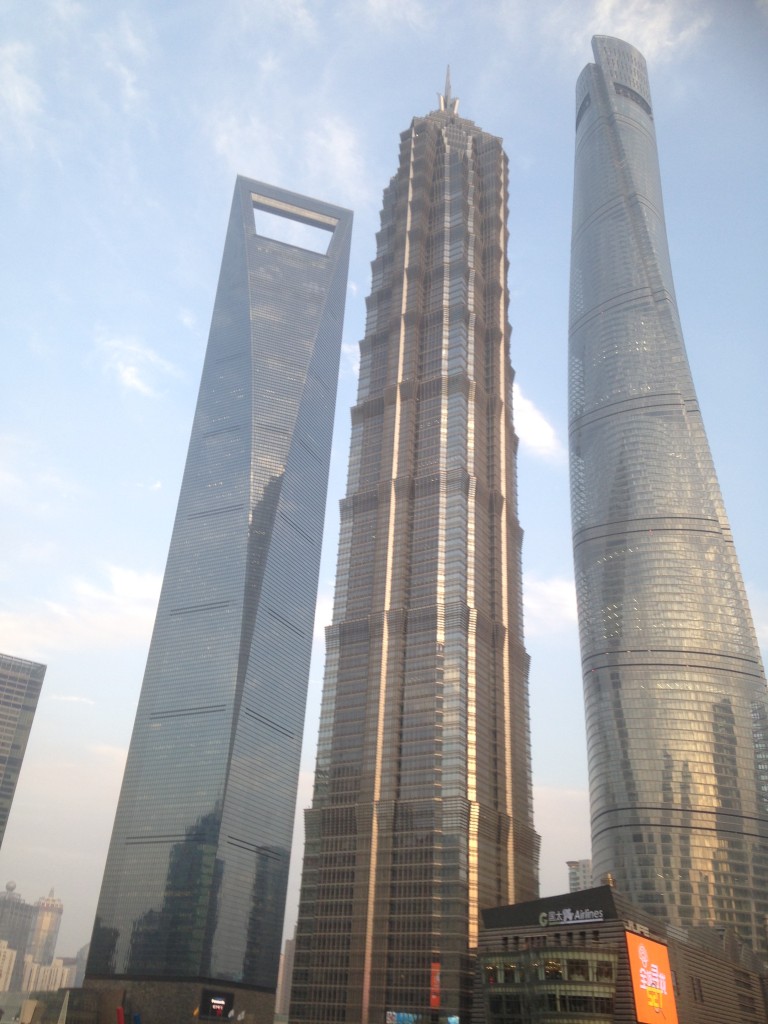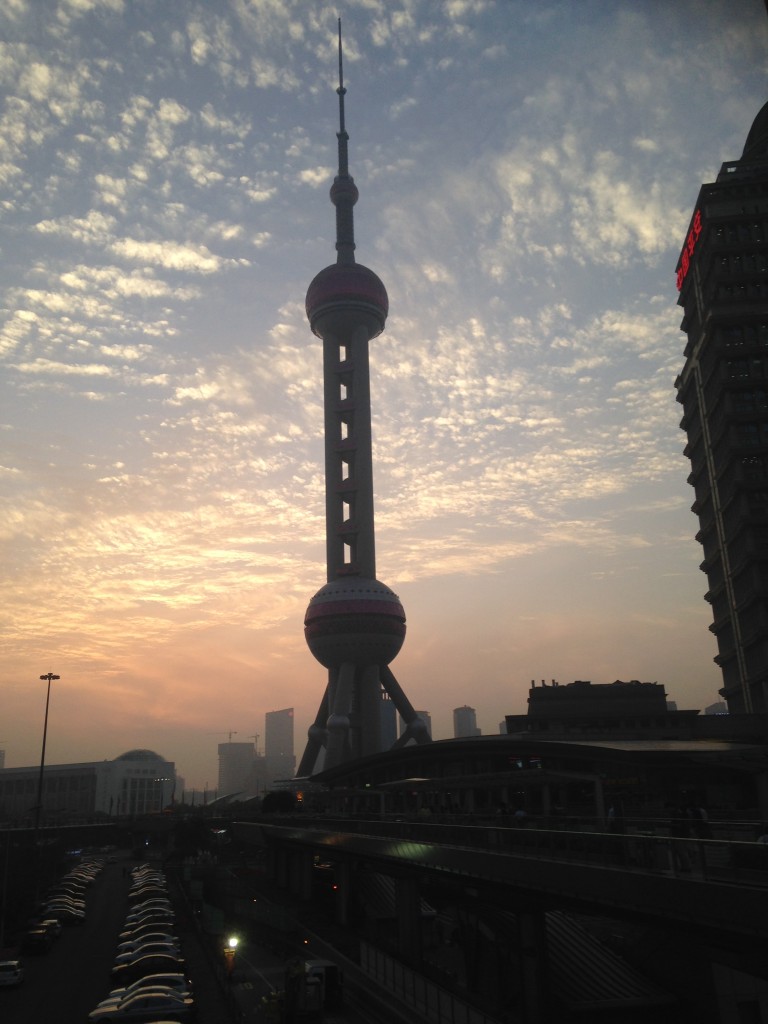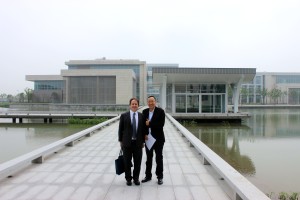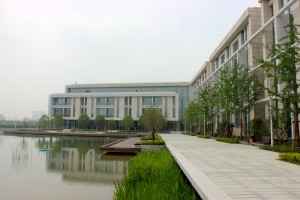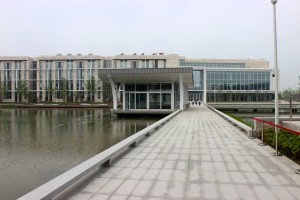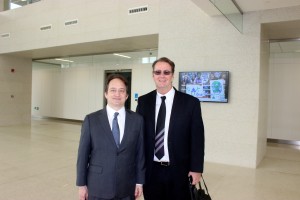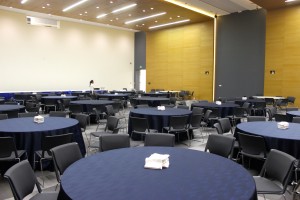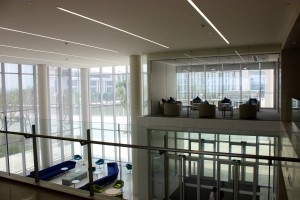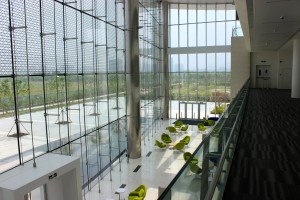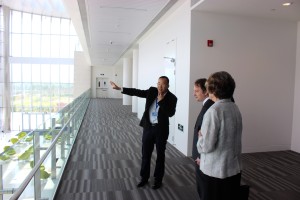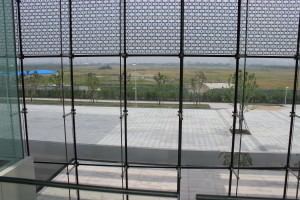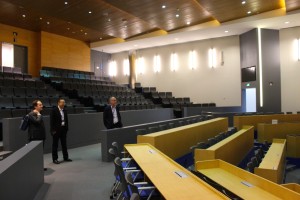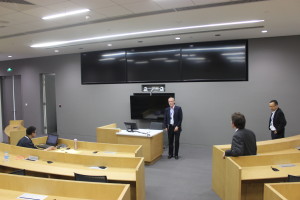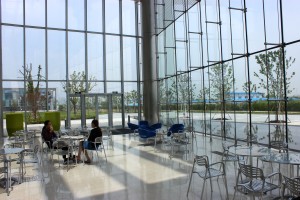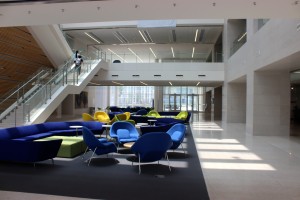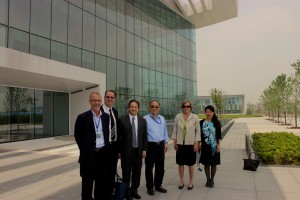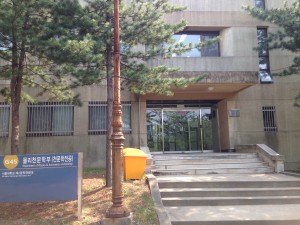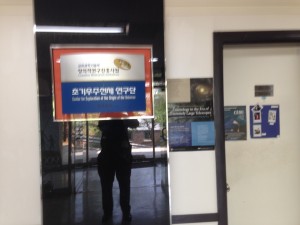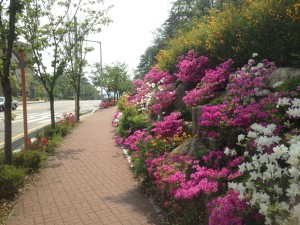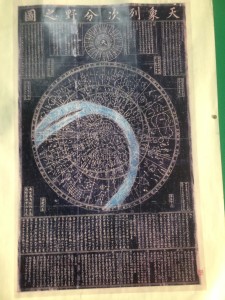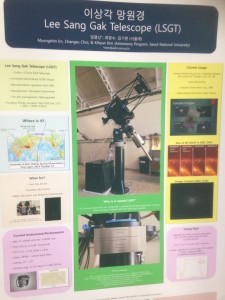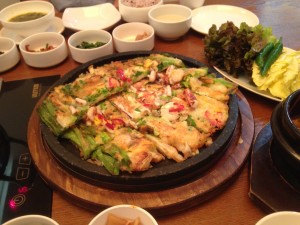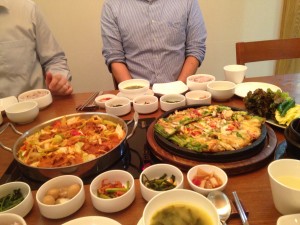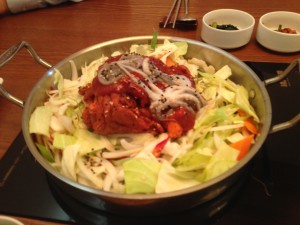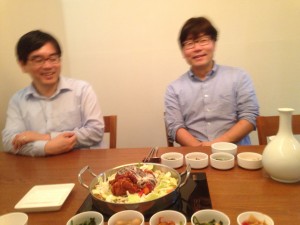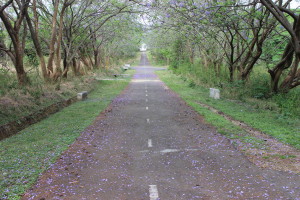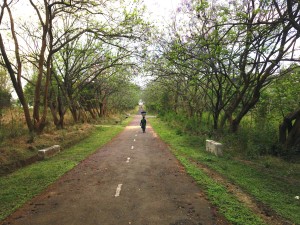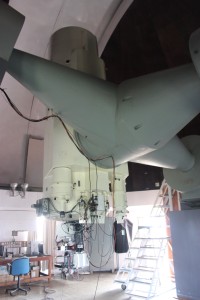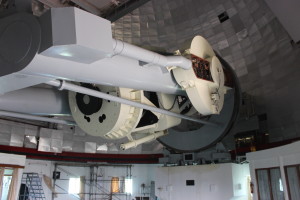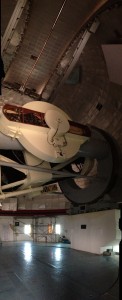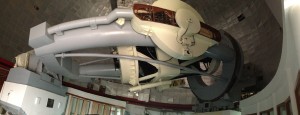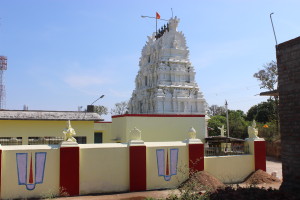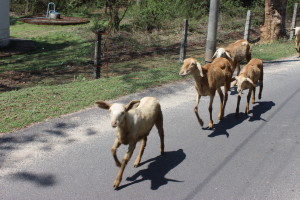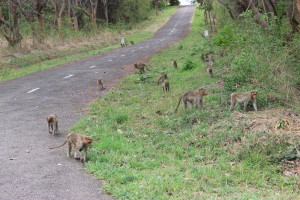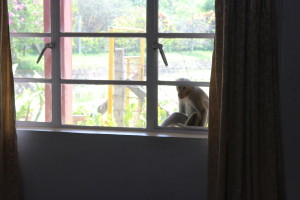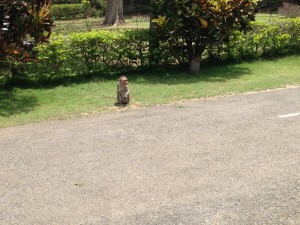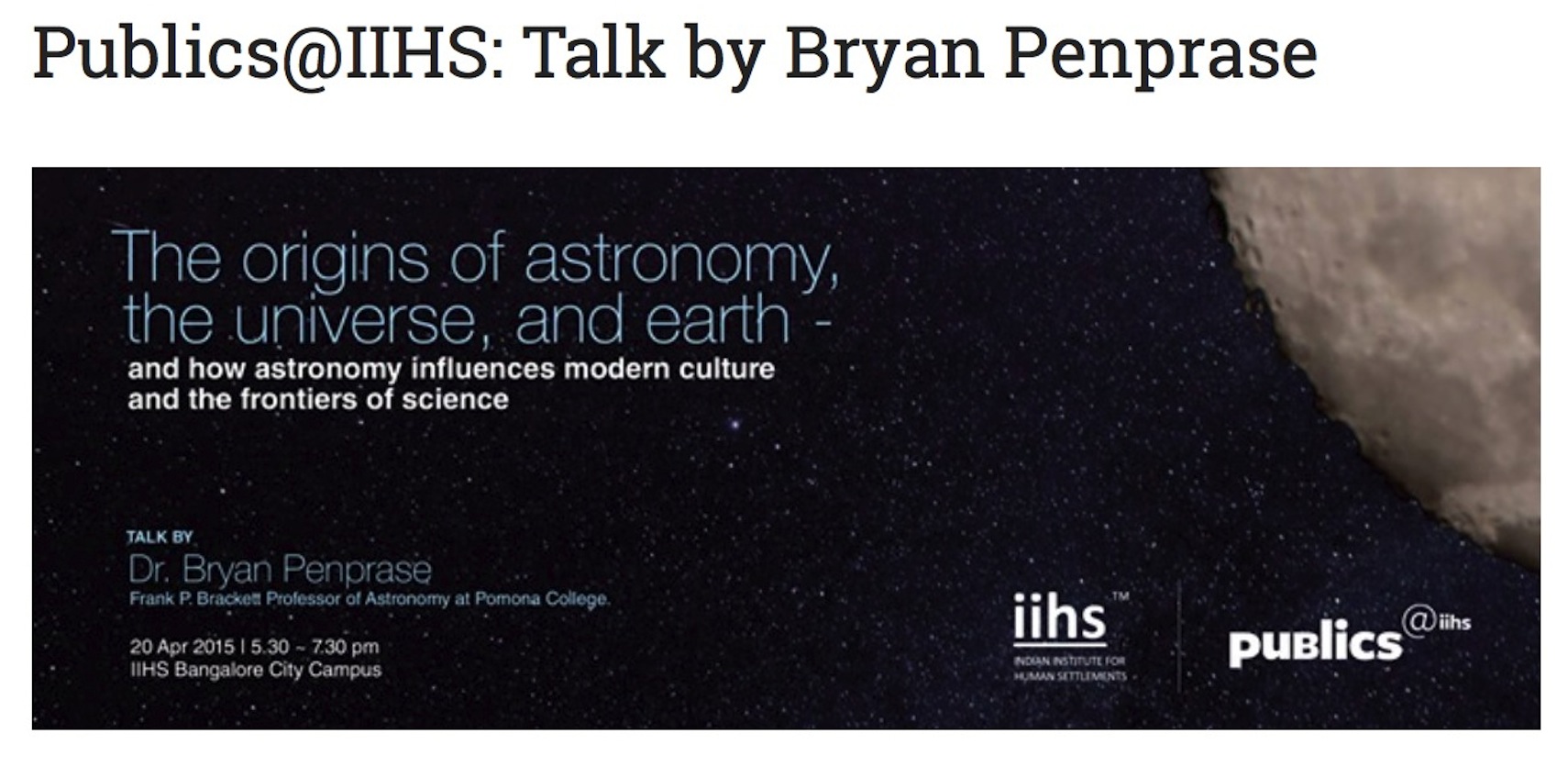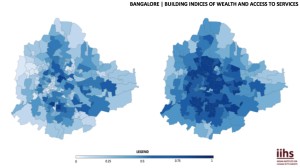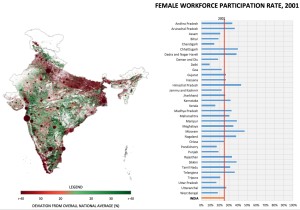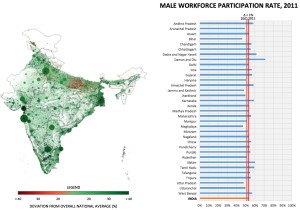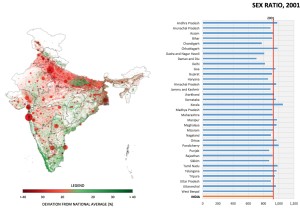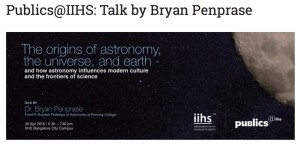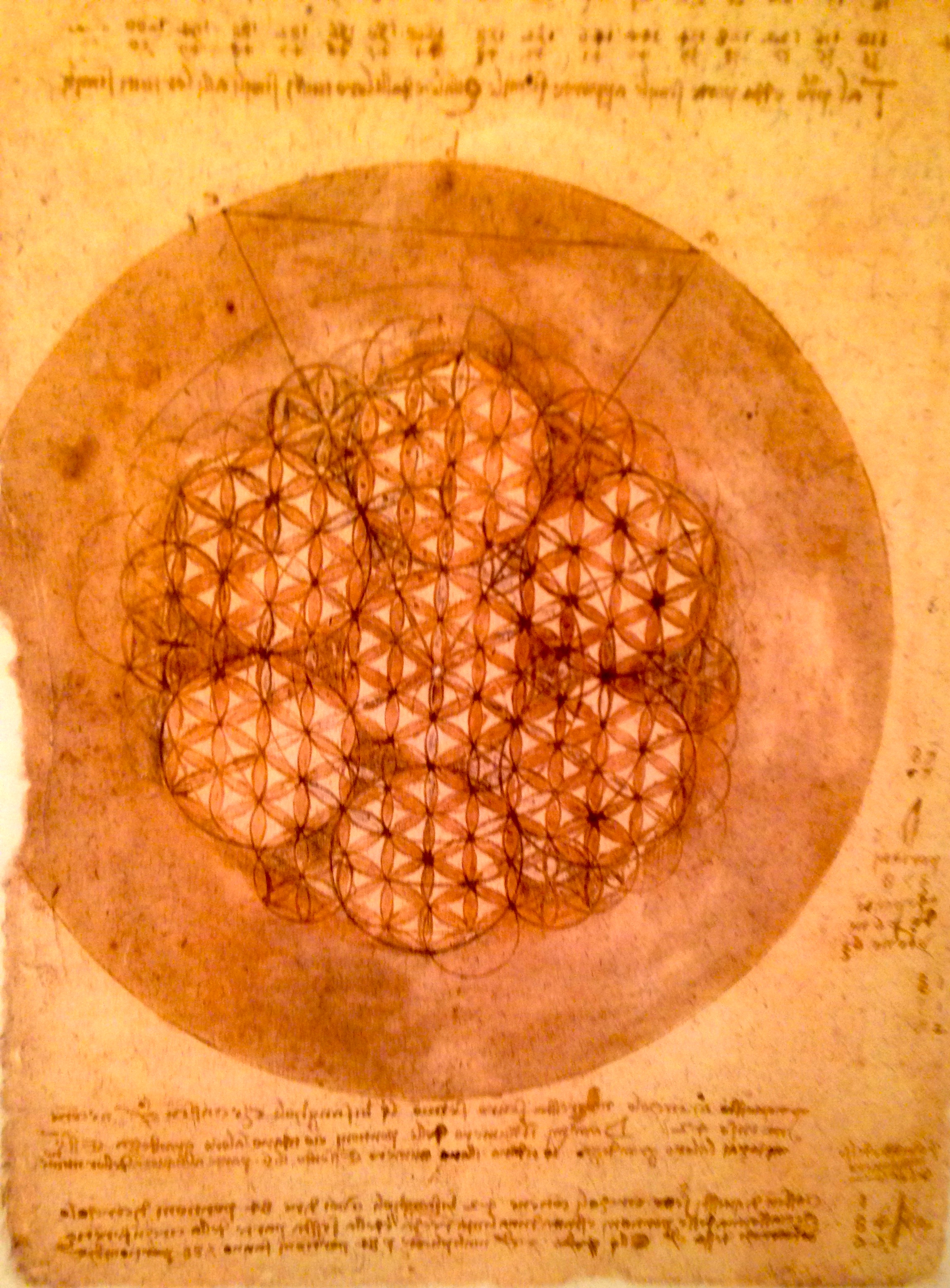On August 4, 5 and 6, we began our new Teaching and Learning Center at Yale-NUS College, with a series of workshops for incoming faculty. My role is to be the inaugural Director of the Center, and we have a wonderful group that includes Nancy Gleason, Associate Director, and several others from Yale-NUS. Each of the three workshops was geared toward the faculty in the Divisions of Sciences, Social Sciences, and Humanities.
During the talks, we presented ideas for designing courses with Assessable Learning Objectives, explored the Bloom Taxonomy of Learning and the AACU Rubrics, and described ways to create an active classroom, and the technique known as Constructive Alignment, and modified Learning Taxonomies. After the first set of workshops, we hosted a talk by John Kelley on “The Emotions of First Year Teaching” and are planning a number of other workshops during the semester and afterwards.
Our new web site is available at http://teaching.yale-nus.edu.sg, and will include a wide array of resources for faculty, video-recordings of many of our events, and useful materials for designing and assessing courses.
The mission of the center is below:
Topics and Questions the Centre will address with faculty:
- How does one best design and assess interdisciplinary courses?
- How can active learning be incorporated into larger lectures?
- How can experiential and international work be better integrated into undergraduate classes?
- How can teams of instructors be trained to work well together?
- What is the best way to develop faculty for excellent teaching?
- How can one create an institutional culture of teaching excellence?
- How do we assess and communicate what we have learned within our common curriculum to future instructors and to the world outside of Yale-NUS College?
- How does teaching and learning differ within the Asian context from North America?
- How can we integrate technology into our classrooms to create truly global classrooms?
- How can we more effectively assess student learning outcomes and attitudes?
- How effective is liberal arts and interdisciplinary curriculum for advancing student learning?
Efforts of the Centre in the coming Academic Year 2015-16
In the coming year the Centre will begin a series of programs to encourage a lively, social and stimulating set of conversations about teaching at Yale-NUS College. These programs will be developed through collaborations with Yale-NUS faculty and the Teaching, Learning and Assessment (TLA) committee.
- New Faculty workshop for incoming and other faculty in August of 2015
- Regular consultations and biweekly meetings with junior faculty and others by appointment.
- Regular events within the semester to discuss teaching techniques at Yale-NUS College; developed in consultation with the TLA committee.
- Set of workshops for Teaching and Learning at Yale-NUS for December 2015 will include Leading Discussions, Active Learning, and Technology in the Classroom.
- A visiting scholar of pedagogy will visit Yale-NUS for an extended period in early 2016, to develop connections across Yale-NUS and NUS.
- New web site and Teaching and Learning to showcase the best scholarship in Teaching and Learning, with an eye toward materials that can quickly and efficiently help faculty implement research-validated pedagogy in their courses.
- Development of new forms of assessment at Yale-NUS College, including formative and summative surveys that accurately capture student learning outcomes and attitudes toward subjects.
- A Conference and Workshop at Yale University on undergraduate education in June 2016 will gather thought leaders in undergraduate education and teams of leaders from top institutions in North America and beyond.
- A third Liberal Arts in India conference in 2016 will bring together teams of faculty from Singapore, North America and India to work collaboratively on new courses and plan for global classroom sessions.
- Guides for best practices in Discussion Leading, Active Learning, Assessment, and Team Teaching will be assembled collaboratively with the Yale-NUS College faculty and the Teaching, Learning and Assessment Committee.
- Plan will be developed for an Asian Teaching and Learning and Undergraduate innovation conference for March 2017, hosted by Yale-NUS College.
- Global courses will be offered, starting with an Environmental Science course simultaneously taught at Yale and Yale-NUS College.
Below are some photos of John Kelley (University of Chicago), during his presentation on the “Emotions of First Year Teaching.”


